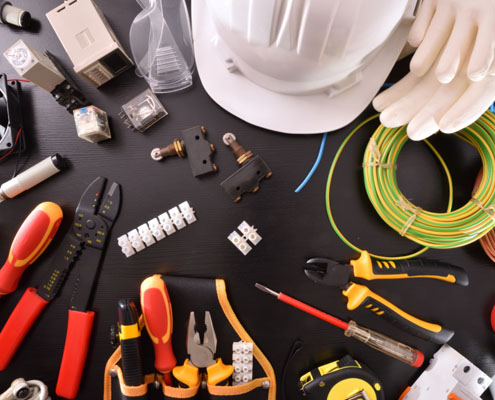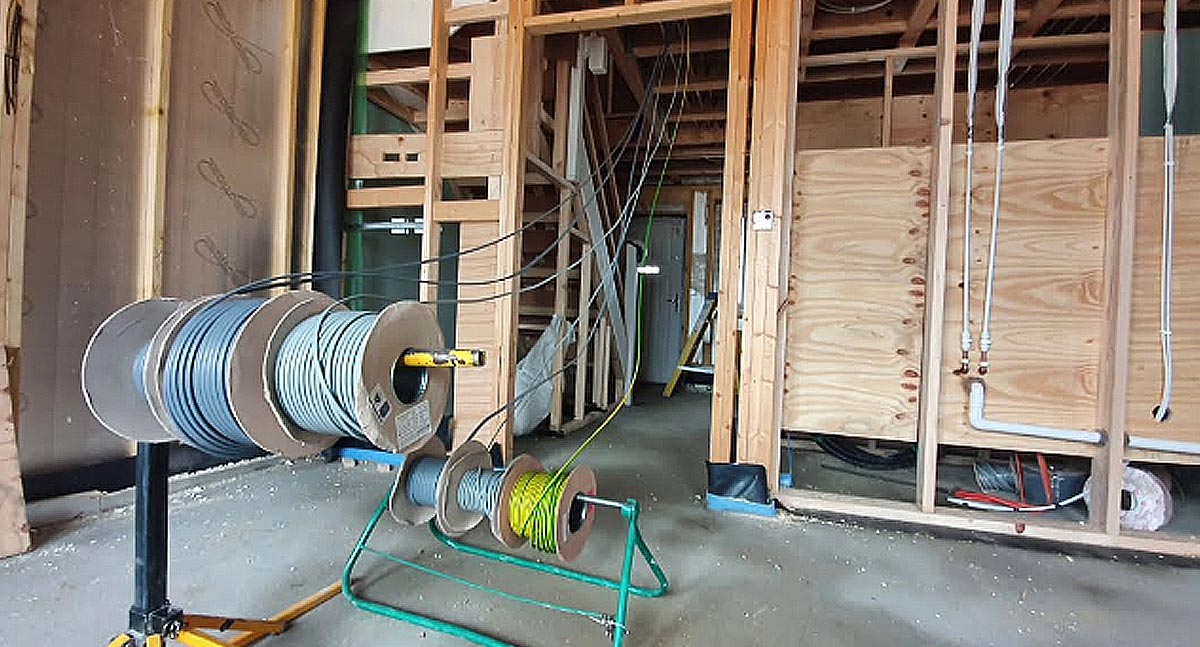Advanced BRE Automation Australia: Transforming Your Automation Needs
Advanced BRE Automation Australia: Transforming Your Automation Needs
Blog Article
Demystifying Electric Installation: Comprehending Codes and Regulations for a Legal and Safe Setup
In the realm of electrical setup, adherence to codes and regulations is paramount to make certain both validity and safety and security. The journey to debunking electrical installation goes past simple experience with guidelines; it requires an extensive understanding of just how to execute safe electrical methods properly.
Significance of Electrical Codes
The adherence to electrical codes is vital in making certain the security and reliability of electric installations. Electric codes act as a collection of standards and guidelines that determine the appropriate design, setup, and upkeep of electric systems. These codes are developed to reduce the threat of electric dangers, fires, and various other safety and security issues that might occur from defective electrical work.

Moreover, electrical codes are on a regular basis updated to integrate brand-new modern technologies, ideal practices, and precaution. Staying updated with these codes is crucial for experts in the electrical sector to ensure that their work meets the current security requirements. Ultimately, the value of electrical codes depends on creating a safe and effective electric infrastructure that benefits both individuals and neighborhoods.
Trick Laws for Security
A number of fundamental laws control the safety and security standards in electrical setups. One crucial regulation is the National Electrical Code (NEC), which provides guidelines for secure electric design, setup, and evaluation to shield individuals and residential or commercial property from electrical threats. The NEC covers aspects such as circuitry techniques, grounding, overcurrent protection, and tools installation to guarantee a safe electric system.
One more vital policy is the Occupational Safety And Security and Health Administration (OSHA) requirements, which focus on the safety and security of employees associated with electrical installations (BRE Services). OSHA guidelines include requirements for proper training, safety and security procedures, and personal safety equipment to avoid work environment mishaps and injuries
In Addition, the International Electrotechnical Commission (IEC) criteria aim to harmonize electric setup policies on an international scale. These requirements address issues like electric equipment security, electromagnetic compatibility, and power performance to advertise harmony and safety and security in electric setups worldwide.
Conformity with these vital policies is vital to make certain the safety and legality of electrical installations, safeguarding both people and building from the dangers related to electrical energy.
Comprehending National Electric Code
Secret policies such as the National Electric Code (NEC) give important guidelines for risk-free electric layout, installment, and inspection to make certain the protection of individuals and residential or commercial property from electric hazards. The NEC, also called NFPA 70, is a detailed set of requirements for electrical installments that are updated every three years. It is created by the National Fire Protection Association (NFPA) and is extensively taken on across the USA.
The NEC covers numerous elements of electric job, including wiring approaches, grounding, overcurrent security, and tools setup. It intends to guard people and property by attending to possible risks associated with electrical systems. Conformity with the NEC is typically enforced by local authorities having jurisdiction (AHJs), such as constructing code authorities and inspectors.
Recognizing the NEC is critical for electrical contractors, developers, and assessors to ensure that installations fulfill the needed safety and security requirements. By sticking to the NEC guidelines, experts can help prevent electrical mishaps and guarantee the integrity of electrical systems in domestic, commercial, and commercial settings.

Compliance With Local Building Regulations
Comprehending and sticking BRE Electrical to neighborhood building codes is vital for making sure the security and compliance of electrical installments within a certain jurisdiction. These codes lay out particular requirements for electrical installments, such as the type of wiring to be used, positioning of electrical outlets, grounding methods, and load abilities.
When it concerns electrical setups, failing to abide with local building ordinance can cause significant effects. Non-compliant installments may posture security risks, enhance the danger of electric fires, and lead to pricey penalties or legal concerns. Additionally, insurer might refuse to cover problems resulting from setups that do not satisfy local building ordinance requirements. It is imperative for electrical experts and professionals to remain notified around and purely adhere to the regional structure codes relevant to their tasks.
Guaranteeing Safe Electric Practices
Practicing stringent adherence to established security methods is vital in the field of electric installations to mitigate prospective dangers and make sure the health of individuals and homes. Safety in electric job encompasses different aspects, beginning with the correct training of workers associated with installment, upkeep, and fixing. It is necessary to comply with manufacturer guidelines carefully when dealing with electric parts and tools. Before beginning any job, it is necessary to carry out a detailed risk evaluation to determine prospective threats and implement preventive procedures. Using personal safety tools (PPE) such as shielded handwear covers, shatterproof glass, and non-conductive shoes is non-negotiable to guard against electric shocks and arc flashes. Normal devices examinations, testing, and maintenance routines are vital to discover and fix mistakes prior to they rise into security hazards. Adherence to proper lockout-tagout treatments throughout upkeep activities is vital to prevent accidental energization of circuits. By focusing on risk-free techniques, electrical installments can work efficiently while lessening the possibility of mishaps or damages.
Conclusion
Finally, adherence to electric codes and guidelines is essential for making certain the safety and security and validity of electric installations. Recognizing the National Electric Code and compliance with local building regulations are necessary for a safe configuration. By complying with these standards and practicing safe electrical methods, individuals can avoid possible hazards and guarantee the appropriate performance of their electric systems.
Report this page